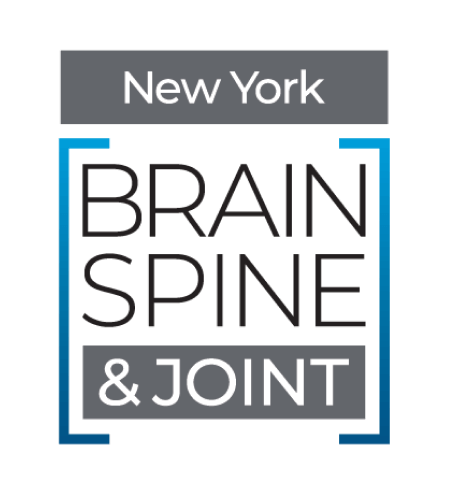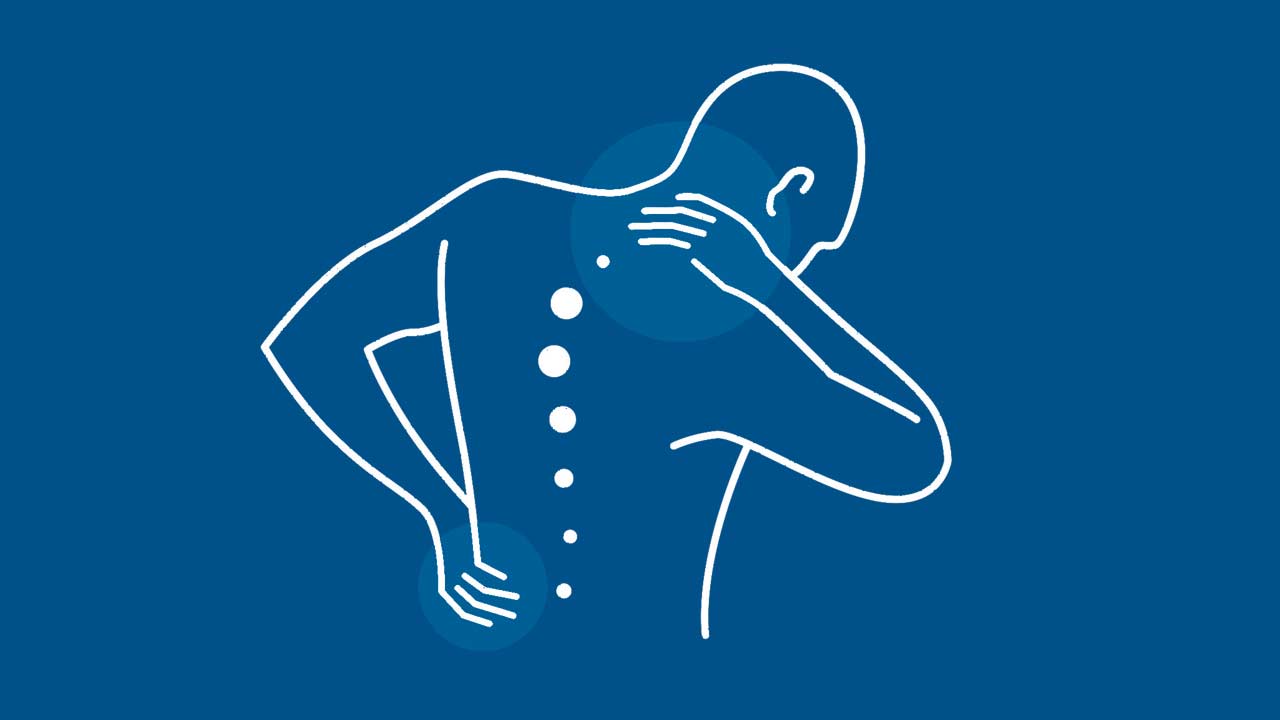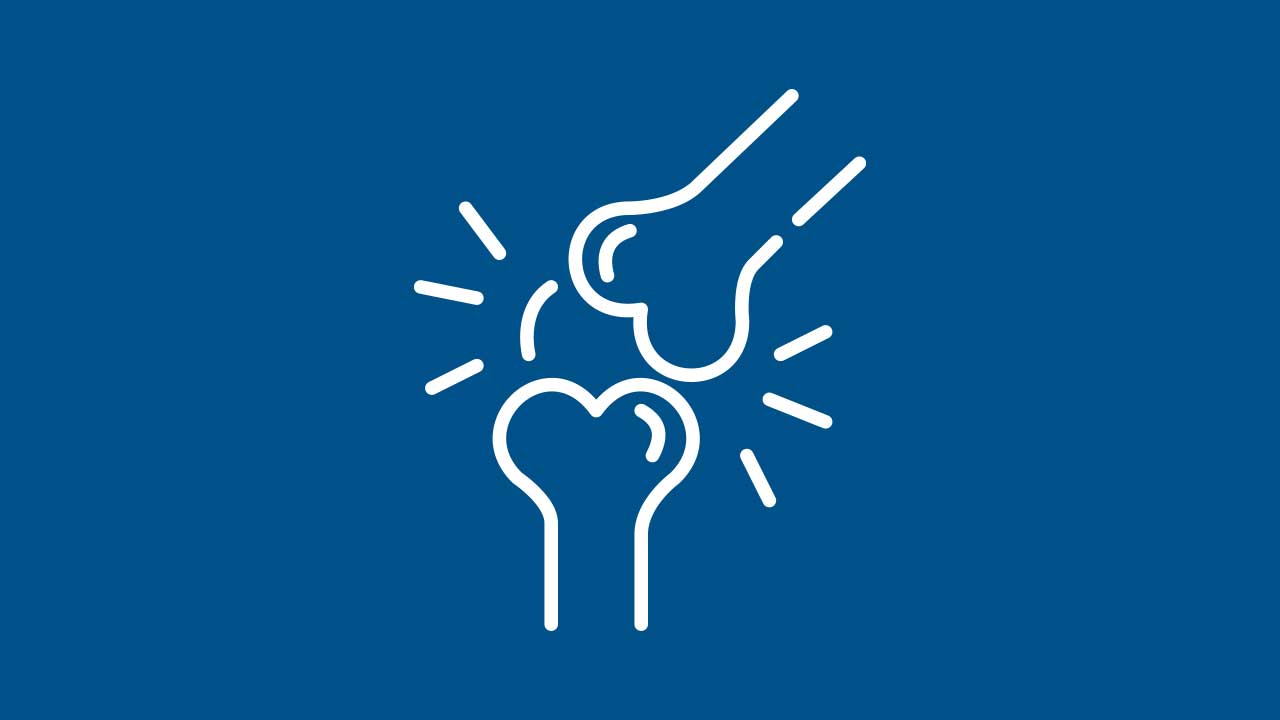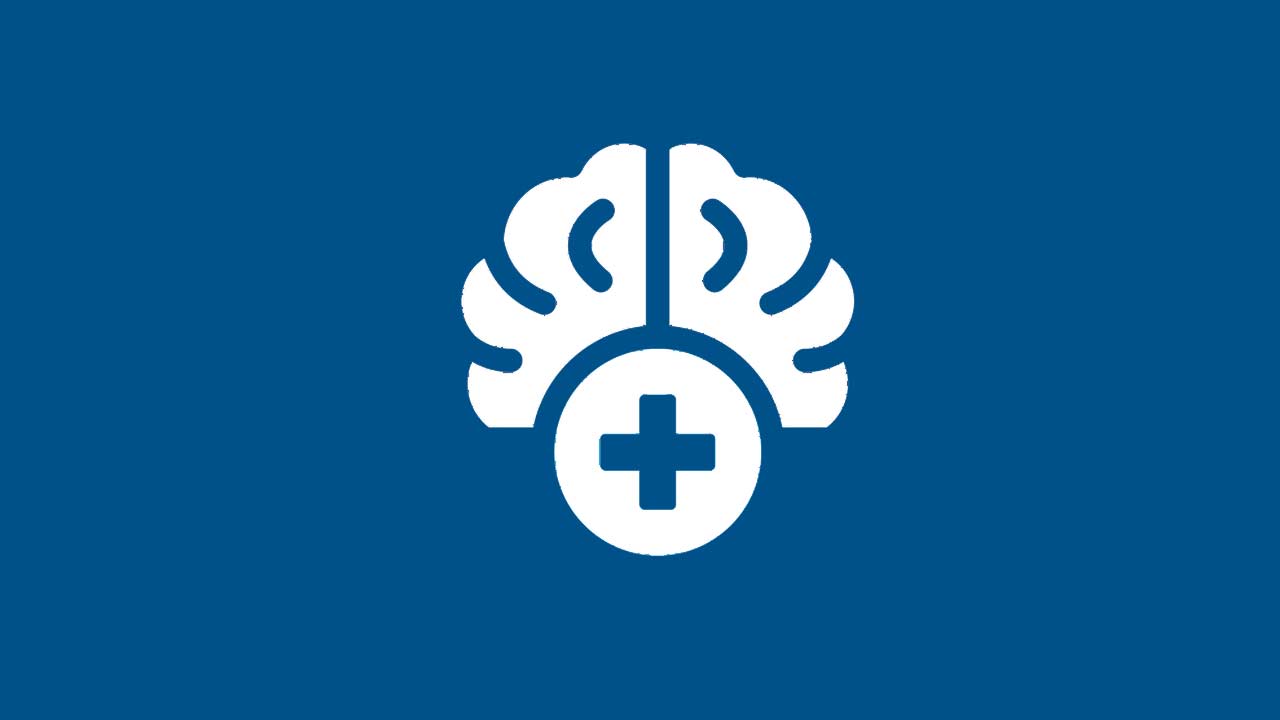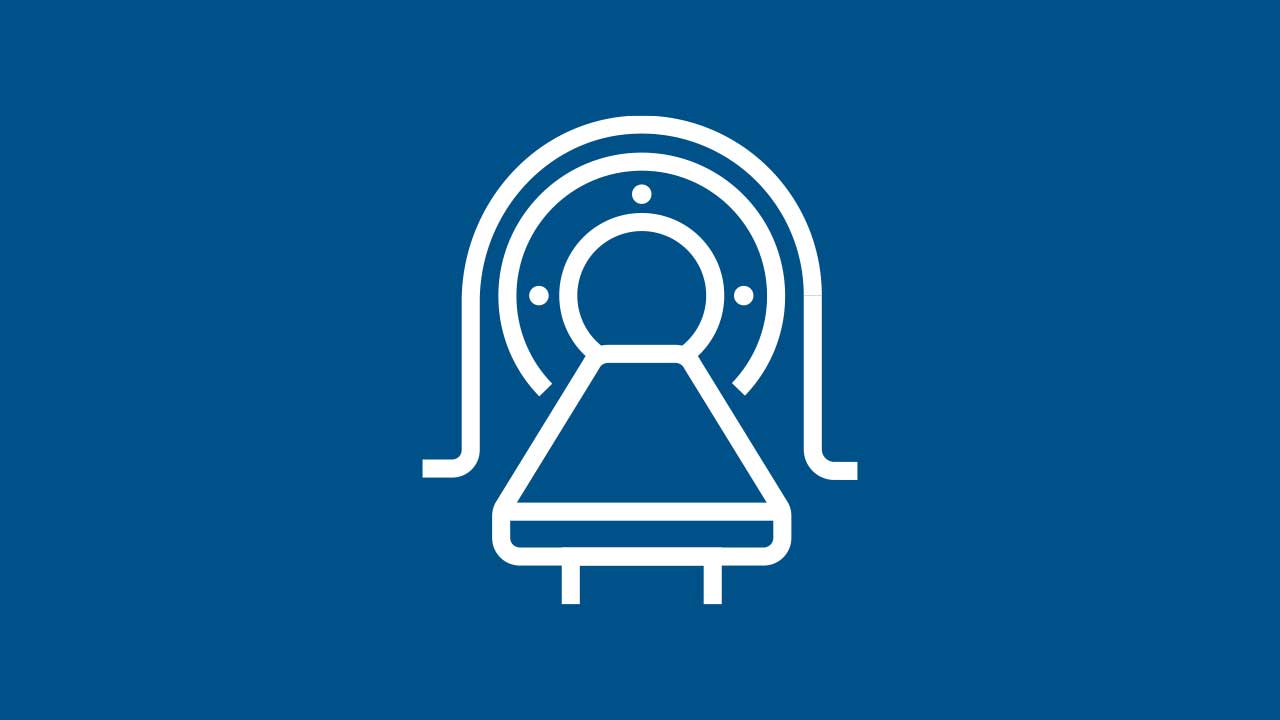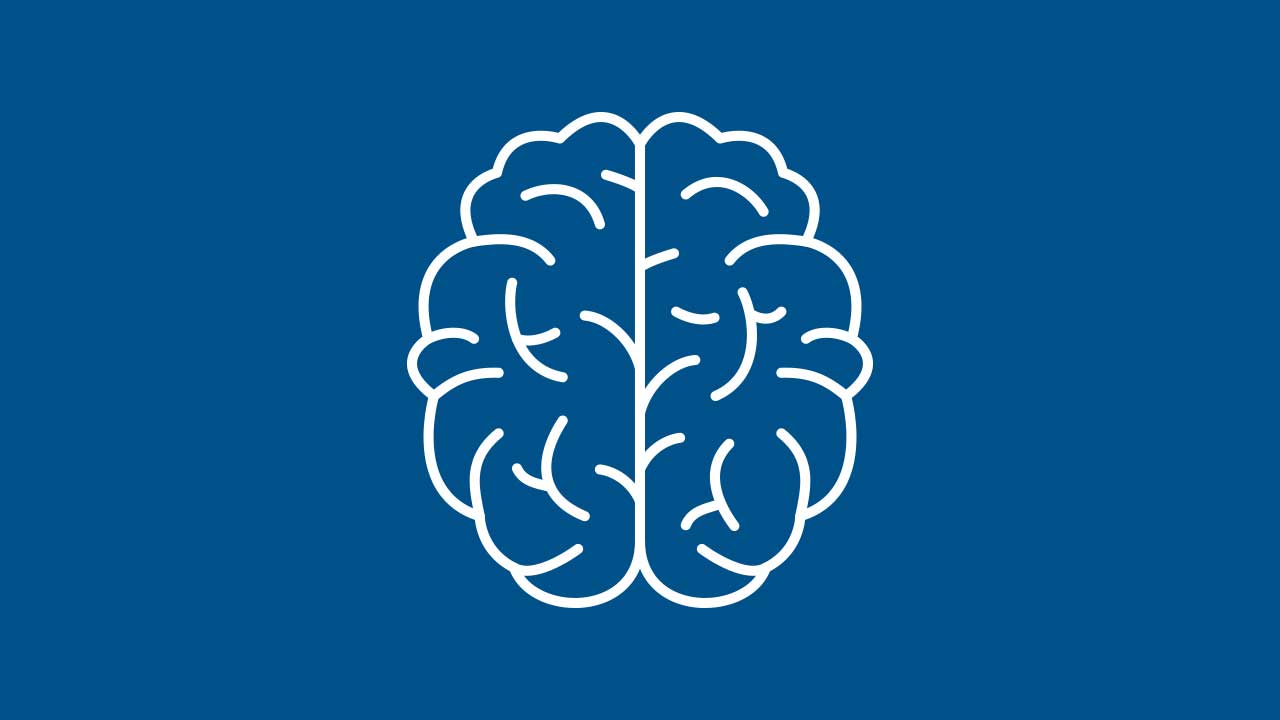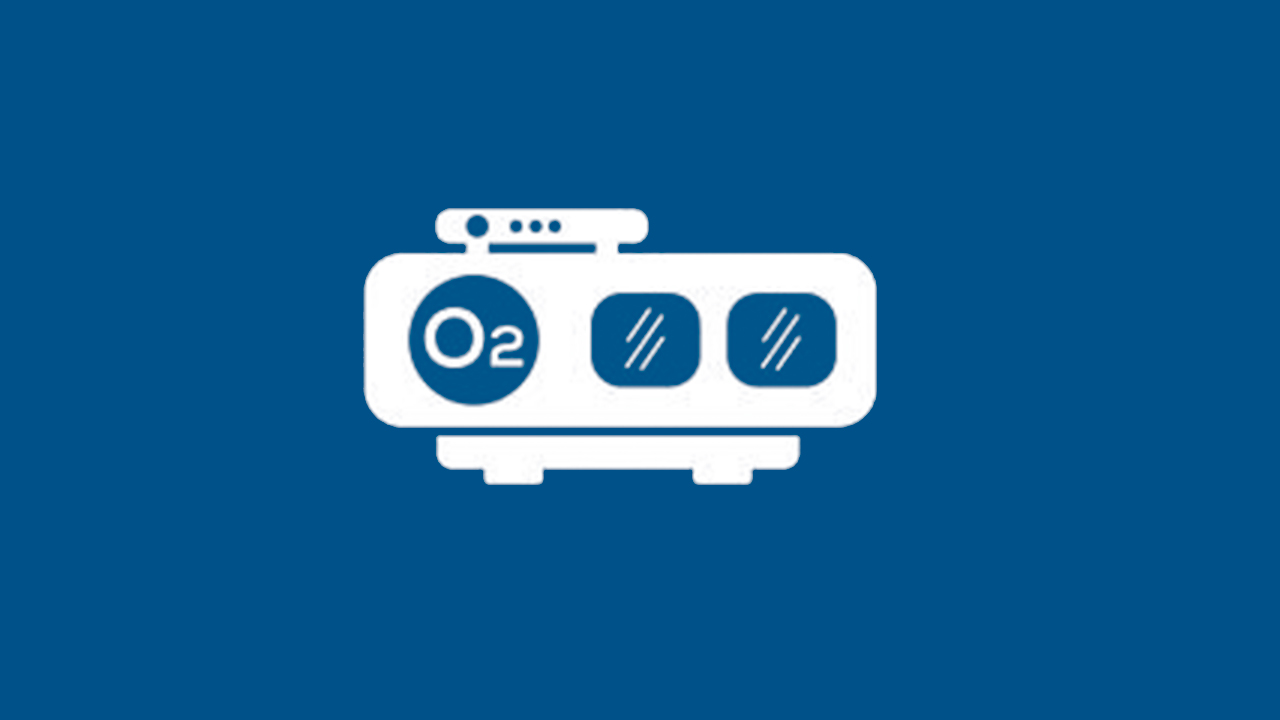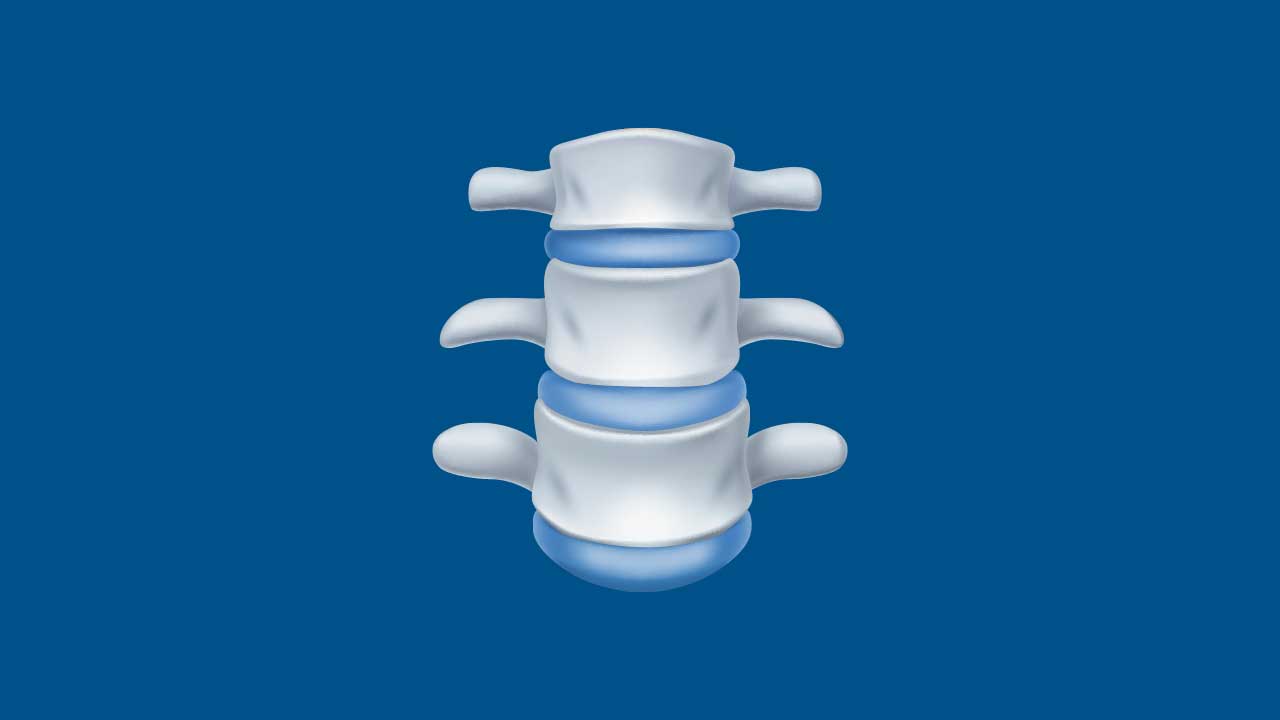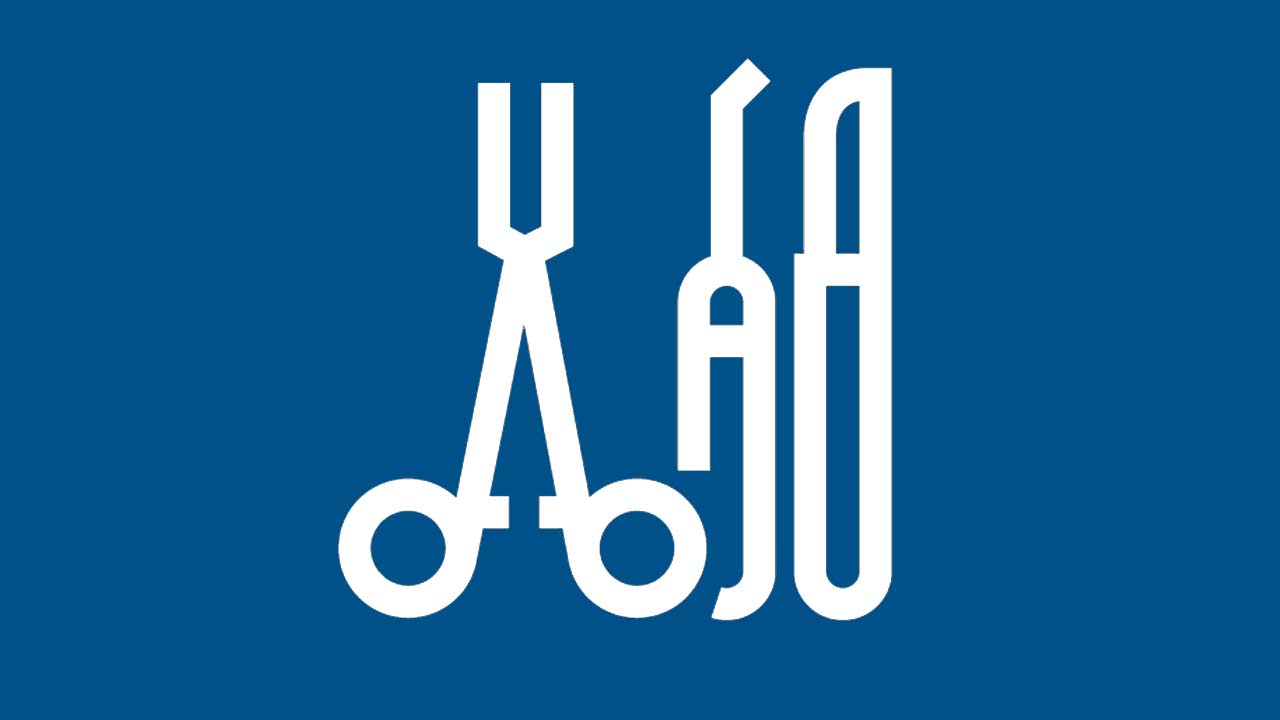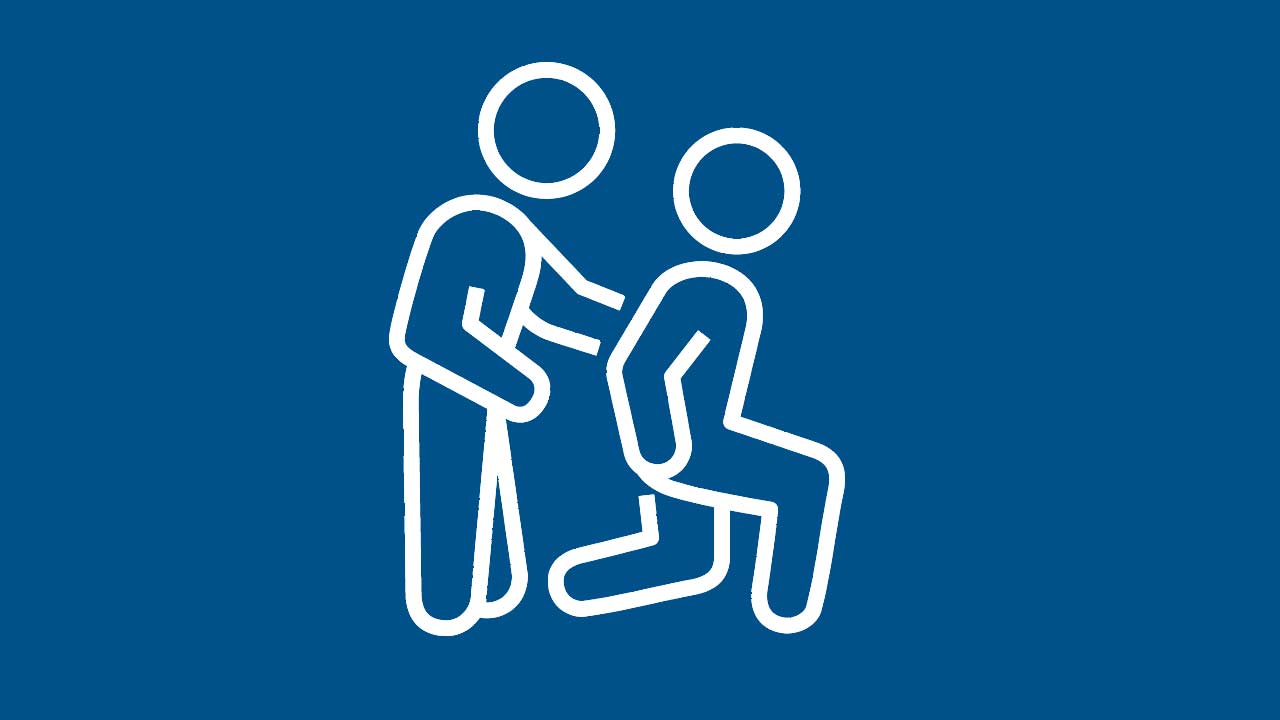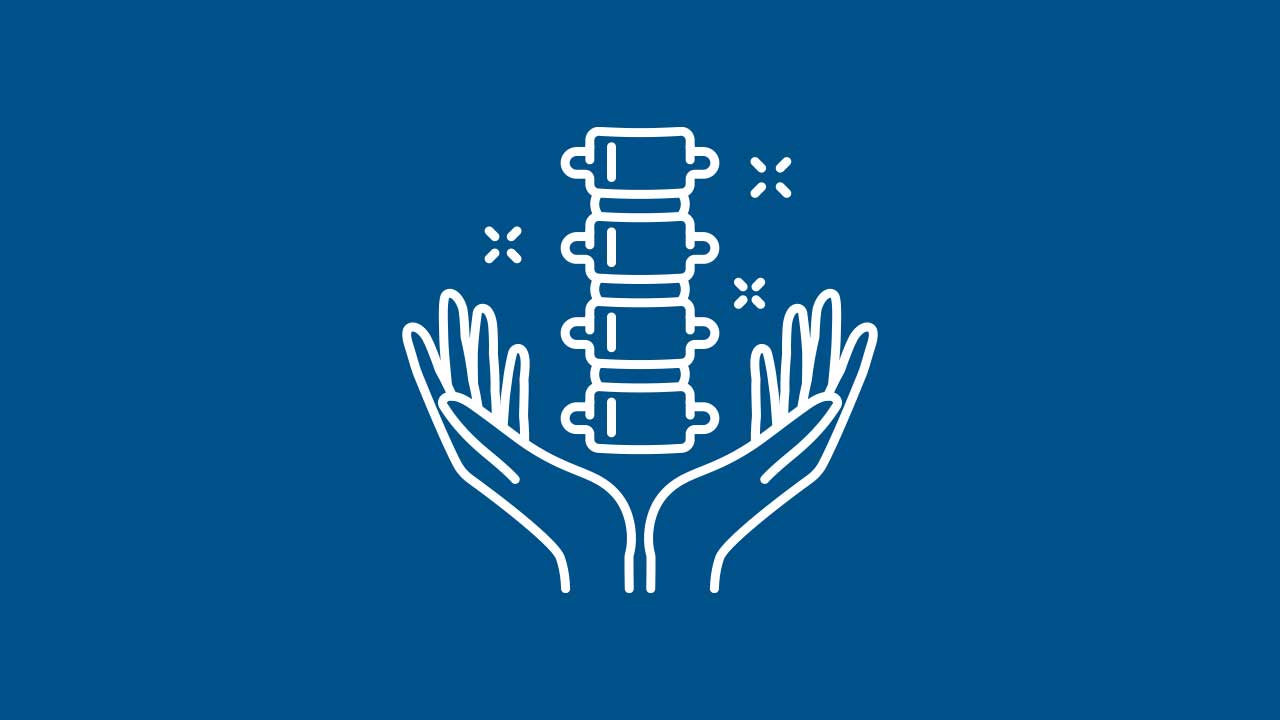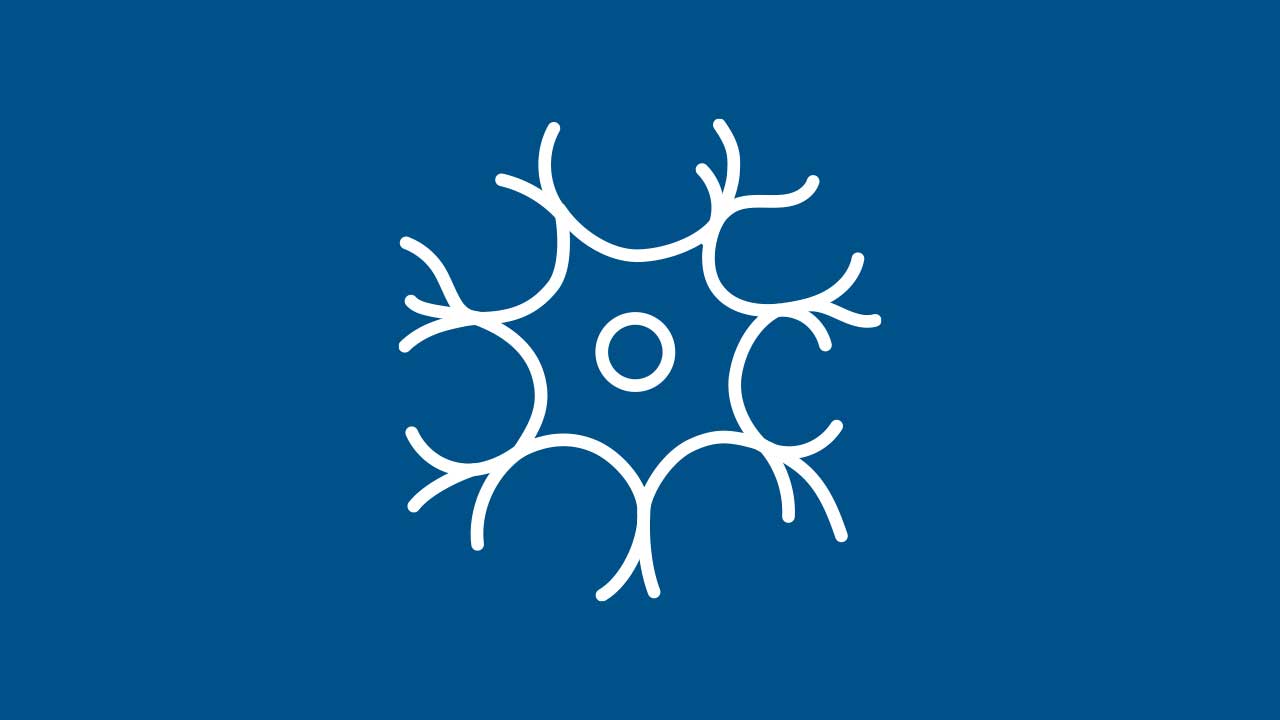Neck Pain
Share This Page
Neck Pain: Causes, Symptoms, and Treatment Options
Neck pain is a prevalent health concern affecting individuals of all ages and lifestyles. It can range from mild discomfort to severe, debilitating pain that interferes with daily activities, work, and overall quality of life. Understanding the causes, symptoms, diagnosis, and treatment options for neck pain is critical to effective management and lasting relief.
Understanding the Neck (Cervical Spine)
The neck, or cervical spine, consists of seven vertebrae (C1–C7) stacked vertically, separated by intervertebral discs, supported by muscles and ligaments. It protects the spinal cord and nerves responsible for carrying signals between the brain and the body. The intricate anatomy and extensive mobility of the neck make it particularly susceptible to strain, injury, and degenerative changes.
Common Causes of Neck Pain
Muscle and Ligament Strains
- Often caused by poor posture, prolonged computer use, or awkward sleeping positions.
- Sudden movements or heavy lifting can strain neck muscles.
Degenerative Conditions
- Cervical Osteoarthritis: Wear and tear causing cartilage breakdown and bone spur formation.
- Degenerative Disc Disease: Discs deteriorate, leading to reduced cushioning between vertebrae.
- Spinal Stenosis: Narrowing of the spinal canal that places pressure on nerves and spinal cord.
Herniated or Bulging Discs
- Occurs when cervical discs rupture or bulge, irritating adjacent nerves or spinal cord.
Whiplash Injuries
- Rapid forward-and-backward motion of the neck, often from car accidents or sports injuries.
Structural Issues
- Cervical Spondylosis: General term for age-related wear affecting joints and discs.
- Scoliosis or other spinal deformities: May place abnormal stresses on the cervical spine.
Lifestyle Factors
- Obesity, sedentary lifestyle, and smoking can exacerbate symptoms and delay healing.
Symptoms Associated with Neck Pain
Neck pain symptoms vary depending on the underlying cause and may include:
- Localized pain or stiffness in the neck or shoulders.
- Reduced range of motion, difficulty turning the head.
- Headaches originating at the base of the skull.
- Radiating pain, numbness, or tingling into the arms, hands, or fingers (cervical radiculopathy).
- Muscle spasms and tenderness around the neck and upper back.
- Weakness in the arms or hands in severe cases.
Diagnosing Neck Pain
Medical History and Physical Examination
- Assessment of symptoms, posture, range of motion, and neurological function.
Imaging Tests
- X-rays: Evaluate bone structure, alignment, arthritis, or fractures.
- MRI (Magnetic Resonance Imaging): Detailed images revealing disc herniation, nerve compression, and soft tissue damage.
- CT Scan: Helpful for assessing bone structure, fractures, and complex conditions.
Additional Diagnostic Tools
- Electromyography (EMG) and Nerve Conduction Studies: Assess nerve and muscle function when nerve irritation or damage is suspected.
Non-Surgical Treatment Options
Conservative care is often effective for managing neck pain. These approaches include:
Medication
- Nonsteroidal anti-inflammatory drugs (NSAIDs), analgesics, or muscle relaxants reduce pain and inflammation.
Physical Therapy
- Tailored strengthening and stretching exercises improve posture, flexibility, and overall cervical spine health.
Lifestyle and Posture Adjustments
- Ergonomic modifications to workspaces, proper lifting techniques, and improved posture during daily activities.
Heat and Cold Therapy
- Alternating ice and heat reduces inflammation, eases muscle tension, and alleviates pain.
Injections
- Corticosteroid injections or nerve blocks for significant pain relief in severe cases.
Alternative Therapies
- Acupuncture, massage therapy, and chiropractic care might provide additional relief for some patients.
Surgical Treatment Options
If non-surgical measures fail to adequately relieve symptoms, surgery may be considered. Surgical options depend on the specific diagnosis and severity of symptoms:
Anterior Cervical Discectomy and Fusion (ACDF)
- Common procedure to remove a herniated or degenerative disc pressing on spinal nerves or the spinal cord, followed by fusion to stabilize the spine.
Cervical Disc Replacement (Arthroplasty)
- Replacing damaged cervical discs with artificial discs, preserving range of motion compared to traditional fusion surgery.
Laminectomy or Laminoplasty
- Procedures designed to decompress the spinal canal by removing or reshaping bone and ligaments compressing the nerves or spinal cord.
What to Expect During Recovery
Short-Term Recovery
-
Pain management, possible use of cervical collars, and early mobility.
Rehabilitation and Physical Therapy
- Supervised exercises and therapy regimens aimed at restoring strength, flexibility, and function.
Long-Term Maintenance
- Continued exercise, lifestyle adjustments, ergonomic considerations, and regular follow-up to prevent future episodes and preserve surgical outcomes.
Maintaining a Healthy Neck
While not all neck pain is preventable, you can significantly reduce your risk by adopting healthy practices:
- Maintain proper posture, especially during prolonged sitting or working on computers.
- Engage in regular exercise focusing on neck and shoulder strength and flexibility.
- Use appropriate pillows and sleep positions to support spinal alignment.
- Maintain a healthy weight to reduce stress on the cervical spine.
- Avoid smoking, as it contributes to disc degeneration and impairs healing.
Our Multi-Disciplinary Approach in NYC
Our multi-location practice in the New York City metro area employs an integrated, collaborative approach to neck pain. With a team of leading neurosurgeons, orthopedic spine specialists, pain management physicians, and rehabilitation therapists, we provide comprehensive diagnostics, personalized care plans, minimally invasive treatments, and advanced surgical options. Our commitment to patient-focused care makes us a trusted destination for patients across New York, the United States, and internationally.
Frequently Asked Questions (FAQs)
When should I see a doctor for neck pain?
Seek medical attention if neck pain is severe, persists beyond a few days, radiates into the arms, or is associated with numbness, tingling, or weakness.
Can neck pain indicate a serious medical condition?
In rare cases, persistent neck pain can indicate serious conditions like spinal cord compression or infections. Immediate evaluation is recommended if symptoms rapidly worsen or include neurological impairment.
Is surgery always necessary for neck pain?
Most neck pain improves with non-surgical treatments. Surgery is usually considered only when conservative methods fail or when nerve damage or significant structural issues are present.
Additional Resources
- MedlinePlus: Neck Pain
- National Institute of Arthritis and Musculoskeletal and Skin Diseases (NIAMS): Neck Pain
Conclusion
Neck pain, while common, can significantly disrupt daily life. However, with appropriate medical evaluation, effective conservative treatments, and advanced surgical interventions when necessary, lasting relief is achievable. Our dedicated team in the New York City area is committed to helping you find relief and improve your quality of life through comprehensive, personalized care.
Disclaimer: This article is intended for informational purposes only and is not a substitute for professional medical advice, diagnosis, or treatment. Always consult a qualified healthcare provider for personalized guidance regarding any medical condition or treatment plan.
